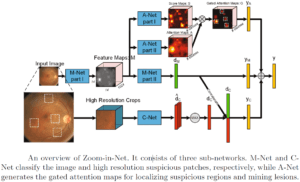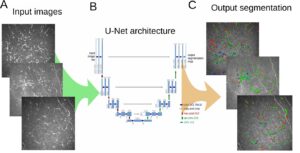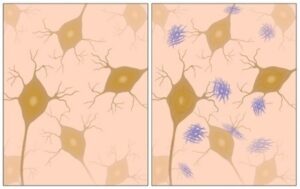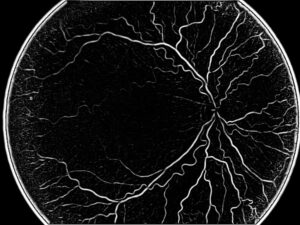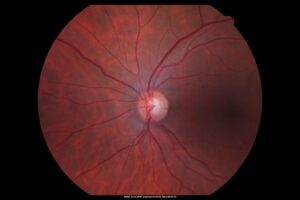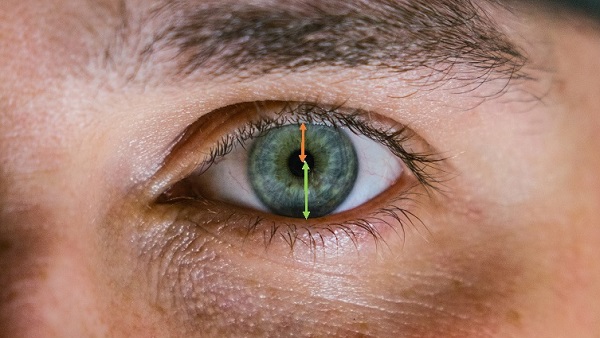
Eyelid drooping may result from any affection of the nerve supply of the upper eyelid musculature, from a disease of the muscles themselves, from mechanical interference in moving the eyelid due to diabetes, from cataract surgery, from the weight of a tumor and from several other conditions. Eyelid drooping could cause functional and cosmetic problems. When the upper lid and eyelashes droop to the extent that they interfere with the line of sight, that is a functional problem and surgical correction via blepharoplasty may be recommended; surgery can help improving visual quality.
It is convenient to analyze an image (or video) in order to evaluate whether the eyelid interferes with the line of sight, impairing visual quality. This may be important to the patient for non-medical reasons too, since blepharoplasty might be covered by the insurance only in case of decline in vision.
Eyelid drooping evaluation method
The standard clinical evaluation of ptosis includes manual measurements of vertical distance between the upper and lower lids (with the pupil centered); these are more commonly called MRD1 and MRD2: more specifically, the Margin Reflex Distance 1, defined as the vertical distance between the upper eyelid and the corneal light reflex, and similarly, the Margin Reflex Distance 2, which is the vertical distance between the corneal light reflex and the lower eyelid. The corneal light reflex is the reflection from a light source that is aligned with the visual axis. These measurements quantify the degree of ptosis (which is more severe when palpebral fissure is smaller) and are crucial for the surgical planning in case blepharoplasty is indicated.
Manual measurements are subjective and exposed to human error, as well as time consuming and tedious. Automated image processing is the natural solution for solving these limitations.
Automated eyelid drooping diagnosis by Image Analysis
The automated solution for eyelid drooping is developed using advanced techniques from the computer vision and image processing fields. First, the face must be detected and the corresponding region can be segmented using methods like region growing or edge detection. Region growing involves initial seed selection, therefore the process can be: either semi-automated, by choosing the initial seed points manually; or completely automated, by combining other features from the RGB image that involve similarities between neighbor pixels and dissimilarities with other regions. The eyes are then detected using techniques that use morphological and position features, as well as edge detection algorithm. The corneal light reflex of each eye is identified with the highest-intensity pixel in the histogram of the corresponding eye region or thresholded with a high intensity value. Similarly to what explained above about the manual measurement task, MRD1 and MRD2 are calculated as the vertical distance from the centroid of the corneal light reflex to the edge of the corneal region, which is the eyelid.
These measurement are taken with great precision by the automated eyelid drooping measurement software and the results are available immediately. RSIP Vision has developed a very large portfolio of algorithmic solutions like this, for the benefit of the ophthalmologic community and patients. Read about our projects in image analysis for ophthalmology. You are very welcome to contact our engineers to discuss the best solution for your project.

 Ophthalmology
Ophthalmology